导热且可瓷化硅橡胶的制备研究毕业论文
2020-07-06 18:17:47
摘 要
可瓷化高分子导热材料具有优异的导热性能和阻燃性能,广泛应用于电子元件领域。硅橡胶多用于该材料的基体,因为它具有良好的耐高低温的性能,以及较低的热释放率。硅橡胶在添加玻璃粉(SGF)、导热填料(EG)、阻燃剂(APP)后,制备成了这种陶瓷化高分子导热材料。该课题选用不同含量的膨胀石墨作为导热填料来检测制得的硅橡胶复合材料的各项力学性能(拉伸强度、断裂伸长率、硬度),导热性能以及瓷化性能。最终结果为:制得的样品烧蚀后的瓷化物质比较牢固,,能耐1000 ℃ 的高温。在其余组分不变的条件下,膨胀石墨的增加会使样品的拉伸强度和断裂伸长率有所下降,邵氏硬度略有提高,导热性能有较小的提升。
关键字:导热;膨胀石墨;硅橡胶;陶瓷化
Study on Preparation of Conductive and Ceramifing Silicone Rubber
Abstract
The porcelainizable polymer thermal conductive material has excellent thermal conductivity and flame retardant properties and is a main material in the field of microelectronic components. Silicone rubber, as the most important ceramic matrix material, has very good high temperature resistance and low temperature resistance, good aging resistance, slow burning, and low heat release rate. Silicone rubber is prepared by adding glass powder, heat-conducting filler and flame retardant to this ceramized polymer thermal conductive material. In this paper, the effect of the mixing of inorganic fillers and compounded rubbers on the mechanical properties (tensile strength, elongation at break, hardness), thermal conductivity, and porcelain-forming properties of the rubbers was investigated. The results show that the prepared material has better porcelainability, and the porcelain is dense and hard and can withstand high temperatures of at least 1000 °C. When the mix is fixed, as the proportion of inorganic filler increases, the tensile strength and elongation at break of the material decrease to different extents. The Shore hardness (A) is in a rising state, and the thermal conductivity is slightly improved. Porcelain surfaces are denser, have fewer pores, and form some glassy phases; a large number of pores exist in the section.
Key Words:thermal conductivity; expanded graphite; silicone rubber; ceramifying
目 录
摘 要 Ⅰ
Abstract Ⅱ
目 录 Ⅲ
第一章 绪论 1
1.1 引言 1
1.2 导热且可瓷化硅橡胶复合材料 1
1.2.1 硅橡胶 1
1.2.2 填料及助剂 1
1.2.3 制备工艺 3
1.2.4 导热机理 4
1.2.5 成瓷机理 4
1.3 本课题的研究意义和研究内容 4
第二章 实验部分 6
2.1 实验原料与仪器设备 6
2.2 样品制备 7
2.3 性能测试 8
2.3.1 拉伸性能测试 8
2.3.2 导热性能测试 9
2.3.3 弯曲强度测试 10
2.3.4 瓷化性能测试 10
第三章 结果与讨论 12
3.1 配方探索 12
3.2 填料含量与尺寸变化率的关系 16
3.3 填料含量与吸水率和开孔率的关系 16
3.4 填料含量与弯曲强度的关系 17
3.5 填料含量与导热性能的关系 18
3.6 填料含量与硫化性能以及拉伸性能的关系 19
第四章 结论与展望 21
4.1 结论 21
4.2 展望 21
参考文献 22
致谢 24
第一章 绪论
1.1 引言
随着科技发展的需求,导热材料逐渐应用于生活中的各个领域,尤其是微型的电子产品方面,而且这些小型元件需要很强的散热性能以及良好的电绝缘性能,以防触电漏电等事故。而橡胶就是能够满足这种导热材料的基体 ,因为其具有良好的绝缘能力、弹性以及密封性,而且硫化的时候不会吸热和放热,虽然其导热率不是很高,但是可以通过添加导热填料来提高。
,因为其具有良好的绝缘能力、弹性以及密封性,而且硫化的时候不会吸热和放热,虽然其导热率不是很高,但是可以通过添加导热填料来提高。
1.2 导热且可瓷化硅橡胶复合材料
由于电子元件的型号一直在变小,所以柔性的高分子材料得到了大量的应用。可是这些电路元件和其它元件在使用过程中容易造成击穿现象,释放出热量,所以需要很优良的散热的能力 。添加导热填料以后的硅橡胶制品不仅耐腐蚀、绝缘性也不错、弹性优良等优点,同时增强了其导热性能,再加入成瓷填料可预防因温度过高所导致的火灾等危害公共安全的现象,提高其耐火性能。
。添加导热填料以后的硅橡胶制品不仅耐腐蚀、绝缘性也不错、弹性优良等优点,同时增强了其导热性能,再加入成瓷填料可预防因温度过高所导致的火灾等危害公共安全的现象,提高其耐火性能。
这种复合材料与其他材料相比在常温下可以拥有良好的导热性能以及绝缘性能,高温下可以形成陶瓷保护层防止进一步的燃烧。该材料通常是以有机硅橡胶为基体,添加适量的助剂之后,并加入无机填料(如:氧化铝、氧化镁等金属氧化物),在500度以上的高温烧蚀后,软化点低的物质会形成随温度增高而愈加坚固的陶瓷。
相关图片展示:
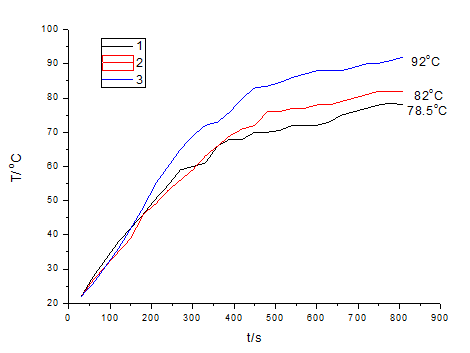
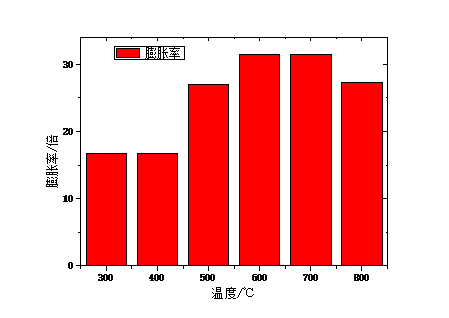
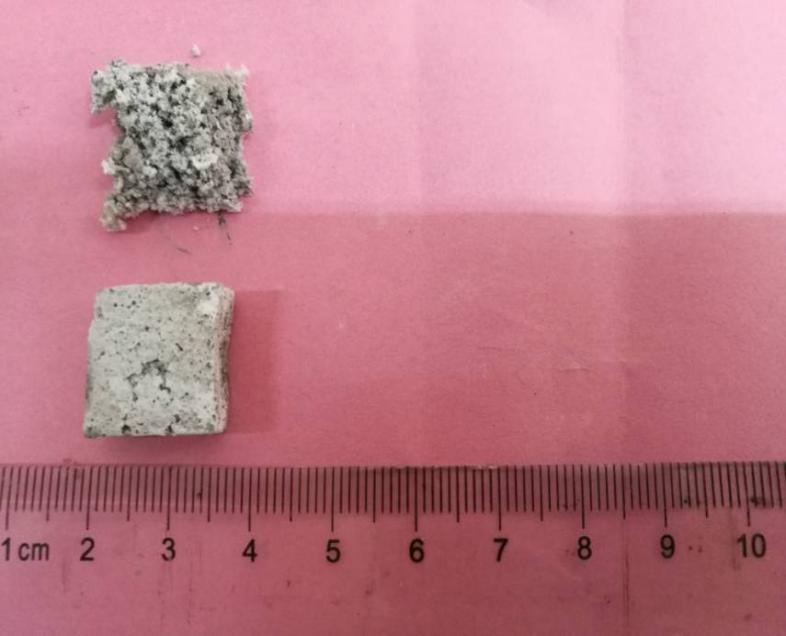
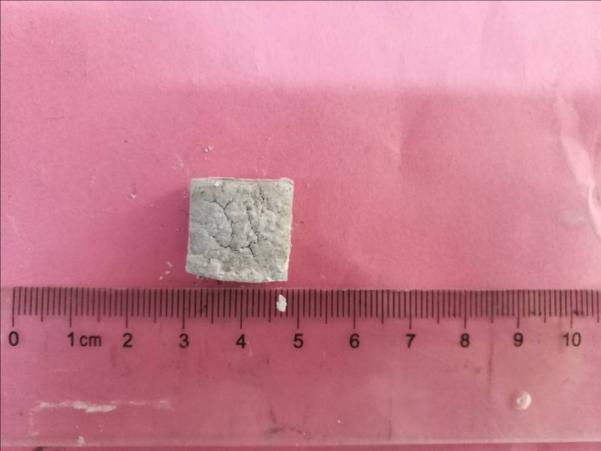
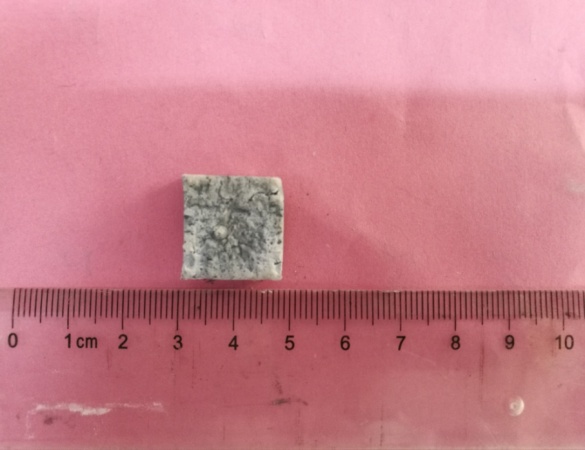
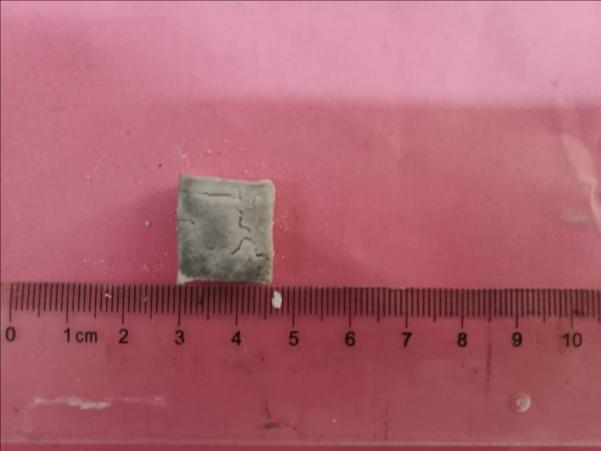
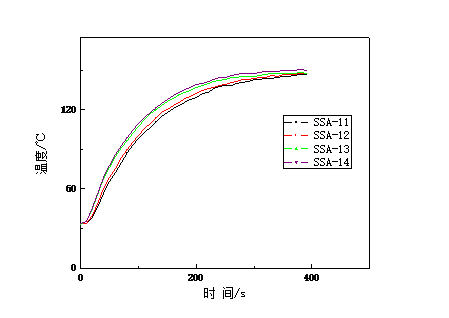
课题毕业论文、开题报告、任务书、外文翻译、程序设计、图纸设计等资料可联系客服协助查找。



